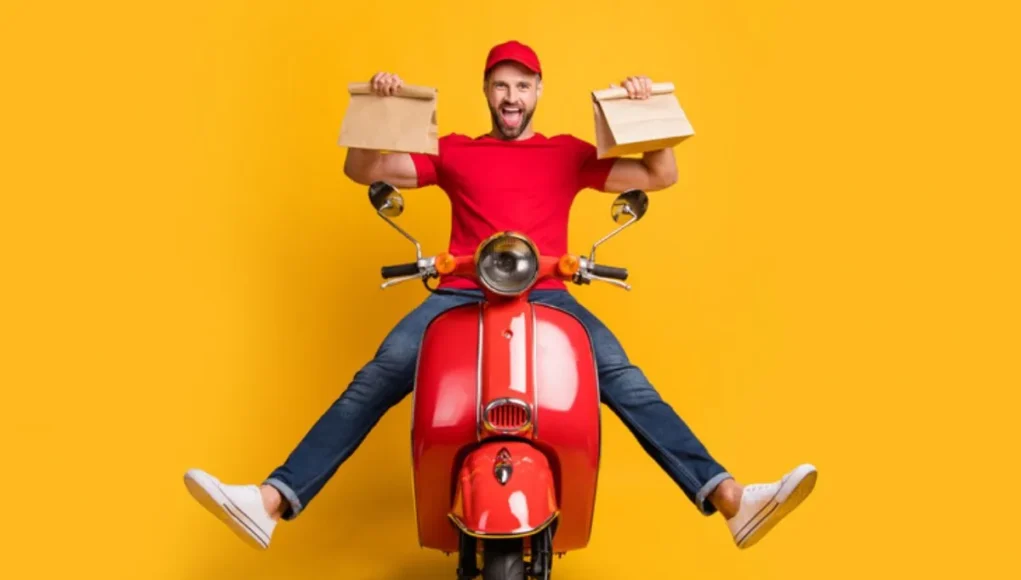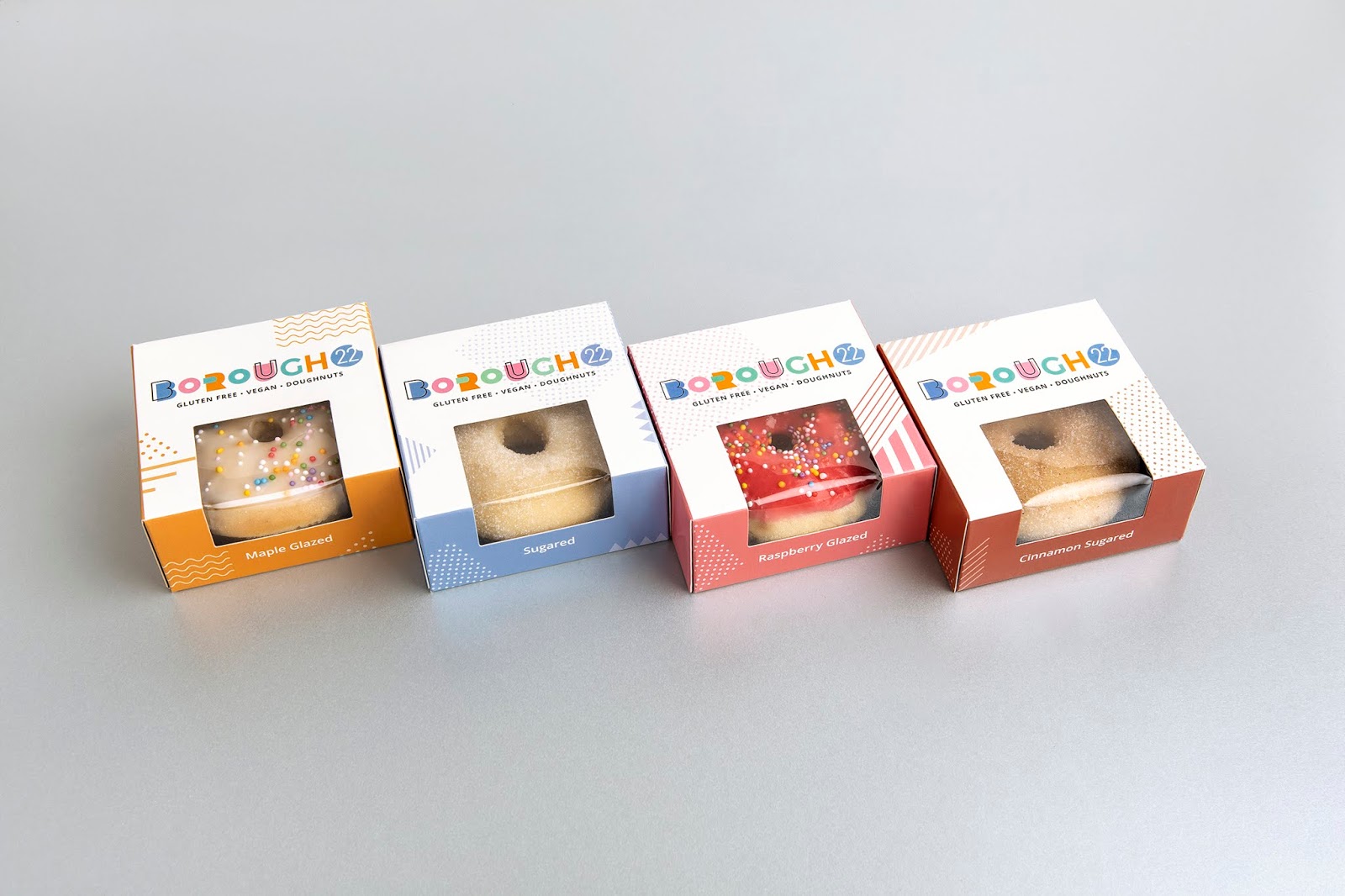Last Updated on April 22, 2024 by Jawad Ali
The demand for third-party delivery services isn’t going away any time soon. In fact, it’s only going to increase. It’s a trend that has been in the works for a while and will continue to grow. While many restaurants now have their own delivery fleets along with the food delivery app, third-party delivery services are expected to remain a major trend in the next several years. Food businesses are working hard to remain competitive in the ever-evolving world of food delivery, and the trend isn’t going to change anytime soon.
Online Food Ordering and Pickup in Store
The growing popularity of online food ordering services has a couple of implications for brick-and-mortar retailers. For one, brick-and-mortar retailers can offer competitive SLAs for food delivery and can leverage neighborhood stores as fulfillment centers. For another, larger chains can open specialized dark grocery stores in urban locations to offer customers convenient pickup options.
While this trend is not a new one, it does mark a shift from when grocery stores delivered food to the door. Online grocery shopping through major food companies or even independent grocery stores is convenient, but it’s not always the best option for busy or careful shoppers. In addition, these services may only be available in certain areas.
BOPIS services are becoming increasingly popular with consumers in the U.S., as an overwhelming percentage plan to increase their usage over the next six months. A significant increase in curbside pickup orders has also been reported.
Ghost Kitchen and Ghost Groceries
While ghost kitchens are a hot topic right now, there’s still much to be learned about this nascent food delivery trend. One of the biggest questions facing the industry is whether these restaurants will be able to make a profit. While the startup costs involved are prohibitive, some ghost kitchens are partnering with large tech companies to help make sure their businesses remain viable. One of the biggest investors in ghost kitchens is Uber.
Ghost kitchens can take advantage of economies of scale with suppliers to increase efficiency and cut costs for operators. They can also benefit from the FIFO rule, as ingredients used in the prep of a meal can also be used for grocery delivery. This can cut down on food going bad. In addition, ghost kitchens can streamline the ordering process with apps such as Hubster.
Diverse Food Delivery Options
There are a lot of different food delivery options out there, and the technology that is enabling them is growing at a rapid pace. Some of these trends include crowdsourcing and driverless cars. Both of these are methods that can be used to ensure that multiple deliveries get made to customers in a timely fashion.
Moreover, mobile apps are becoming more popular for meal ordering. These apps enable customers to select their meal by reading the menu, selecting an item and paying for it via the app. The app also allows the customer to set a time for their food to be delivered.
Crypto Food Order
While we are still in the early stages of food delivery, there are some emerging trends to keep an eye out for. These include the increasing popularity of food delivery apps and tech giants getting into the industry. Uber has launched a food delivery platform, and Amazon recently acquired Whole Foods. In addition, Google has recently integrated food delivery into its services.
The trend towards third-party food delivery is expected to continue into 2022. The rise of online orders has given food operators unprecedented opportunities to increase their customer reach and profit margins. However, they must balance the increasing complexity of logistics and expenses with increasing customer expectations for quick delivery.
Personalized Online Food Delivery Services
The rising popularity of personalized online food delivery services is changing the nature of the restaurant industry. More millennials are turning to these services to make meal planning and delivery a breeze. In the US, for example, over 50% of consumers will be ordering meals online by September 2021. Online food delivery marketplaces like DoorDash and Uber Eats have seen the most growth in terms of average consumer spending, with their paychecks growing by 114% over the same period in 2018.
Personalized food delivery services are also expected to grow quickly, resulting in an increase in the number of food delivery services in the near future. Personalized services are an important way to improve customer satisfaction and increase conversion rates. With data analytics solutions, companies can deliver personalized recommendations based on a user’s in-app behavior, previous purchases, and location. As the market grows more crowded, customer experience will continue to evolve quickly. For a restaurant to maintain a competitive edge, it must build a strong data strategy and leverage a smart mobile strategy to deliver highly personalized offers.


















